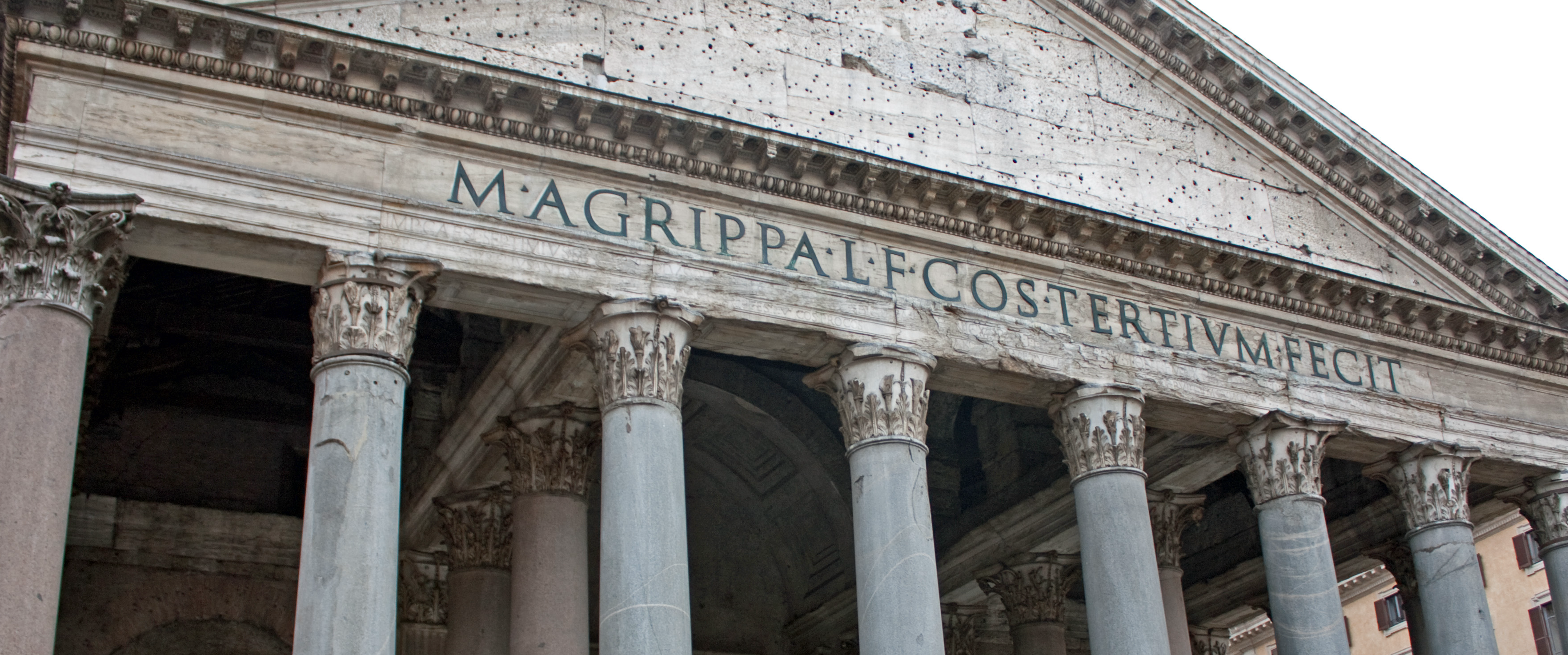Abstract
This paper is about the archaeology of superstition, a subject often neglected, although archaeologists frequently write about religion. The paper distinguishes between ritual and superstition, and explores the Roman material evidence in detail. It is argued that the evidence for Roman Period activity at prehistoric ritual monuments in Britain and Armorica is invariably reduced to anecdotal significance, obscuring important relationships. It is argued that prehistoric ritual monuments were perceived in different ways in Roman Britain and the Armorican peninsula. In Armorica they were used as religious sites throughout the Roman period and in the immediate post-Roman centuries were often Christianised; in Roman Britain they were construed in a superstitious rather than religious fashion, and formed no part of organized paganism.
How to Cite
Dark, K., (1993) “Roman-Period Activity at Prehistoric Ritual Monuments in Britain and in the Armorican Peninsula”, Theoretical Roman Archaeology Journal 1991, 133-146. doi: https://doi.org/10.16995/TRAC1991_133_146
661
Views
330
Downloads
2
Citations
